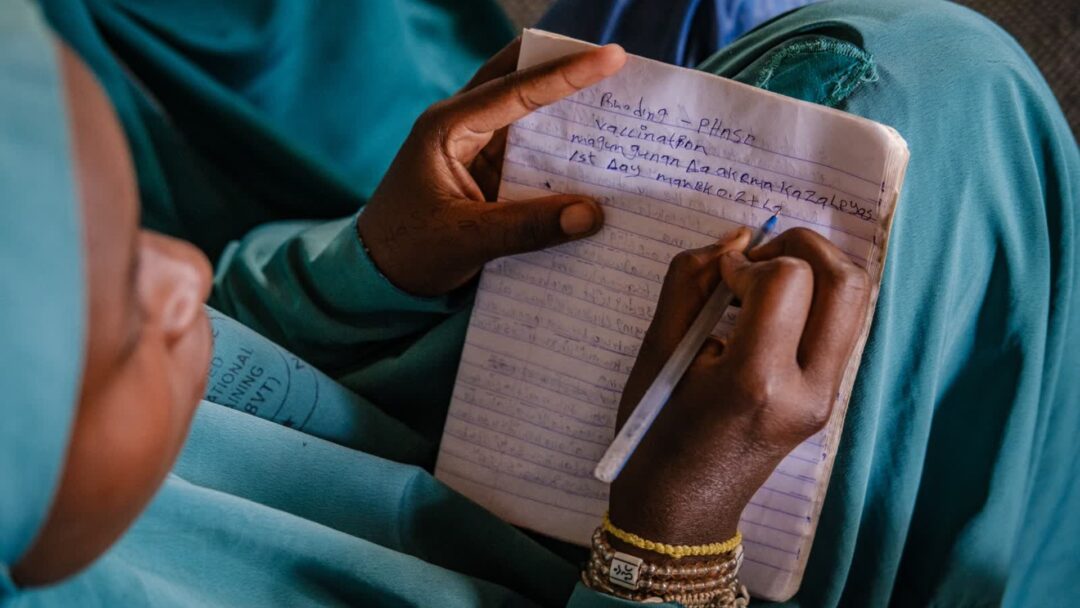Introduction
The complex interplay between climate change and gender inequality presents a pressing global challenge, with women and girls often bearing the brunt of environmental crises. A comprehensive CNN special report by Rachel Ramirez and Laura Paddison, featuring work from seven international photojournalists, offers a vivid portrayal of this issue across diverse geographies (Ramirez & Paddison, 2023). This literature review examines the report’s key findings and explores strategies for empowering women and girls in the face of climate adversity.
Education: Building Resilience from the Ground Up
In Nigeria, where extreme weather increasingly disrupts education, the Center for Girls’ Education is striving to keep girls in school and equip them with climate adaptation skills. This approach is supported by Brookings Institution research, which indicates that each additional year of girls’ education can boost a country’s climate disaster resilience by 3.2 points on a vulnerability index (Ramirez & Paddison, 2023). By prioritising girls’ education, communities can enhance both individual and collective adaptive capacity.
Sustainable Livelihoods and Environmental Stewardship
The report highlights the Babassu Coconut Breakers Movement in Brazil, where over 2,000 women have organised to protect their livelihoods and the Amazon rainforest. This initiative exemplifies how women’s economic empowerment can be intrinsically linked to environmental conservation, offering a model for sustainable development that benefits both communities and ecosystems (Ramirez & Paddison, 2023).
Combating Human Trafficking in Climate-Vulnerable Regions
The case study from the Philippines reveals increased human trafficking risks following climate disasters. Organisations like the PREDA Foundation are working to address this by providing refuge and support for survivors. This underscores the need for targeted interventions that address the specific vulnerabilities women and girls face in climate-affected areas (Ramirez & Paddison, 2023).
Maternal Health in a Warming World
Research from Pakistan’s Sindh province illustrates the severe impacts of extreme heat on maternal health. The report cites a British Medical Journal analysis showing a 5% increase in stillbirths and premature deliveries for every 1°C rise in temperature (Ramirez & Paddison, 2023). These findings emphasise the urgent need for climate-adaptive healthcare systems that prioritise maternal and infant well-being.
Women’s Leadership in Climate-Induced Migration
In Guatemala, climate-driven migration is reshaping communities, often leaving women to manage households and livelihoods alone. Programs by the Foundation for Ecodevelopment and Conservation are investing in women’s leadership and skills training, demonstrating how empowerment initiatives can build resilience in climate-vulnerable communities (Ramirez & Paddison, 2023).
Addressing Child Marriage in Climate Hotspots
Bangladesh’s classification as an “emergency hotspot” for girls’ rights highlights the link between climate disasters and increased rates of child marriage. Save the Children’s analysis reveals that nearly 9 million girls annually face extreme risk from both climate disasters and child marriage (Ramirez & Paddison, 2023). This underscores the need for integrated approaches that address both climate resilience and social protection for girls.
Tackling Gender-Based Violence in Climate-Stressed Areas
The report’s findings from Kenya illustrate how climate stressors can exacerbate gender-based violence. Organizations like the Coalition on Violence Against Women are working to break this cycle through advocacy and support services, demonstrating the importance of addressing gender-based violence as part of climate adaptation strategies (Ramirez & Paddison, 2023).
Conclusion
The CNN report provides a compelling narrative of the interconnected challenges faced by women and girls in the context of climate change. By highlighting both successful interventions and ongoing struggles, it offers valuable insights for policymakers, NGOs, and communities working to build gender-responsive climate resilience. Future research and policy development should focus on integrating gender equality into climate adaptation strategies, recognizing that empowering women and girls is crucial for creating sustainable and resilient societies in the face of climate change.
References
Ramirez, R., & Paddison, L. (2023). How the climate crisis fuels gender inequality. CNN. https://edition.cnn.com/interactive/2023/11/world/climate-gender-inequality-cnnphotos-as-equals-intl-cmd/


